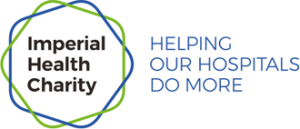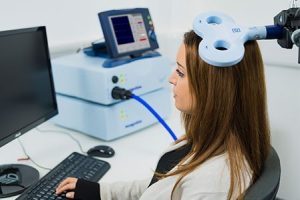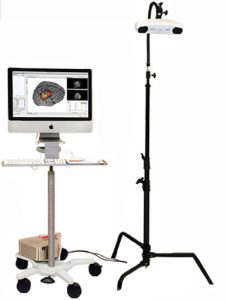Prediction Rules in Spinal Injury Care
In February this year, we published the results of a survey in “Topics in Spinal Cord Injury Rehabilitation“. The survey explored the awareness and use of clinical prediction rules amongst clinicians working in spinal cord injury care (Boyles et al, 2024).
What are clinical prediction rules?
Clinical prediction rules (CPR) are a way of combining clinical features to enable clinicians to determine the likelihood of a particular clinical outcome. They can be diagnostic, prognostic, or predictive and are intended to help condense clinical information in a way that assists with subsequent decisions about clinical management (Beattie & Nelson, 2006).
Recent work in stroke has established the value of TMS for prognosis of recovery. The PREP2 algorithm (Stinear et al, 2017) combines a measure of upper limb power with TMS measures (presence or absence of motor evoked potentials) to determine the likelihood of motor recovery in patients’ upper limbs. I am intrigued by the possibility of a similar use in spinal cord injury (SCI).
Exploring the literature on clinical prediction in SCI, I found a range of studies that have developed prediction rules for recovery of function. However, I realised I hadn’t come across these in my clinical practice. I wanted to know whether clinicians working in this area were aware of these rules and whether they used them.
Survey of practice
To explore this, I carried out a survey of practice of SCI clinicians. I also asked about people’s reasons for choosing to use these rules (or not); as well as what factors they believed were important in making clinical predictions about recovery.
I distributed the survey via mailing lists in the NHS and various special interest groups (ACPIN, RCOT, MASCIP) and received 100 responses. The majority of respondents were physiotherapists.
Results
Our main finding was that the majority of respondents (71%) were unaware of CPR for SCI. Of those who were aware, less than a third reported actually using SCI-specific CPR in their practise (8% of the total respondents). Those who chose not to use them cited concerns about their accuracy. In general, lack of familiarity with these tools appeared to be the main barrier to their adoption.
Despite this, clinicians were positive about CPR in general. They reported that they can be useful tools, and that they would use them if they were accurate. However, some noted that CPR may be more useful for more junior clinicians. Interestingly, there was a negative correlation between years of experience and awareness of CPR, indicating that more junior clinicians were less likely to be aware, despite potentially being more likely to benefit from them.
Conclusions
CPR, and prognostic tools in general, are a hot topic in neurological recovery. Clinicians know from experience that one of the key questions that people have after a neurological event is, “Am I going to get better?” This is often a difficult question to answer. In SCI particularly, we have a heterogeneous patient group, and making predictions about recovery can be a challenge, even for expert clinicians. Certain clinical indicators, such as the completeness of the injury, can indicate recovery potential, however this often just reduces the certainty with which we can predict a poor outcome. For example, a complete injury is less likely to recover; an incomplete injury may recover more function, but the extent of this recovery is hard to gauge.
Despite there being a body of work attempting to develop CPR for SCI, we show that these have not found their way into clinical practice, in part because of concerns about their usefulness.
More accurate prognostic tools, that draw on a wider range of clinical, neurophysiological and radiological predictors may help to make fine-grained distinctions between patient presentations that can guide prognosis and selection of more personalised treatments.
References


